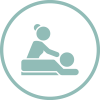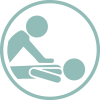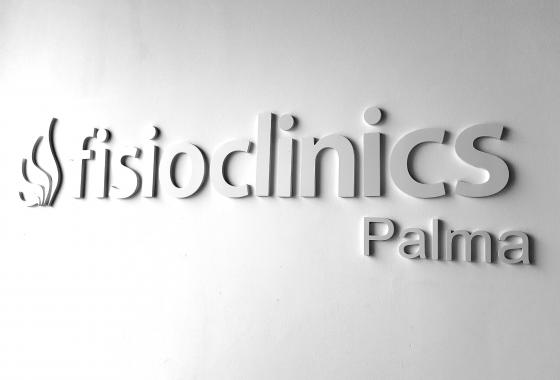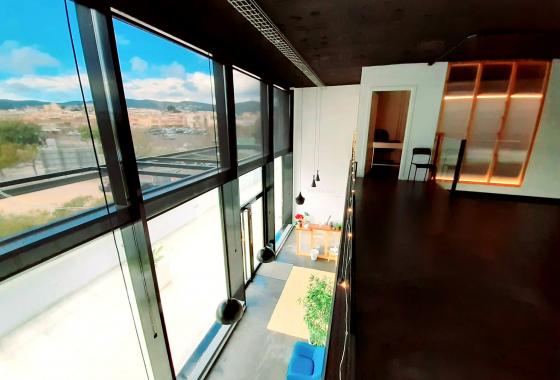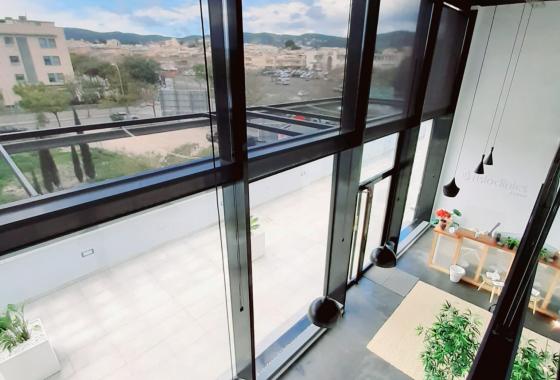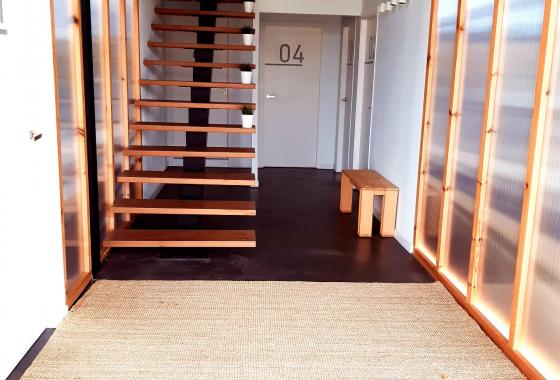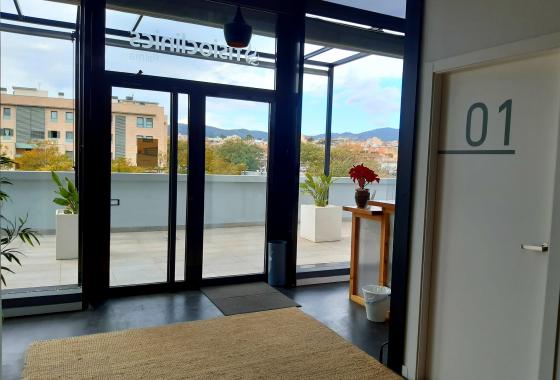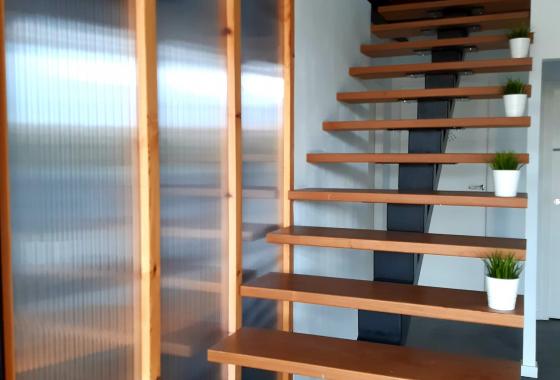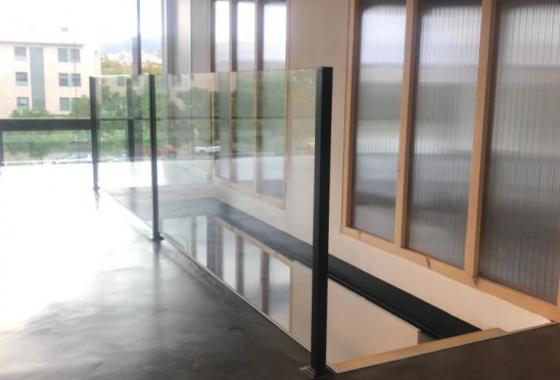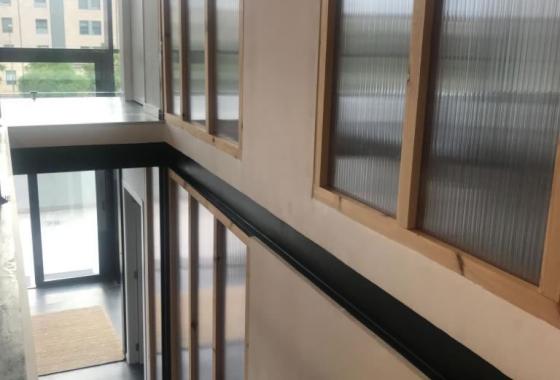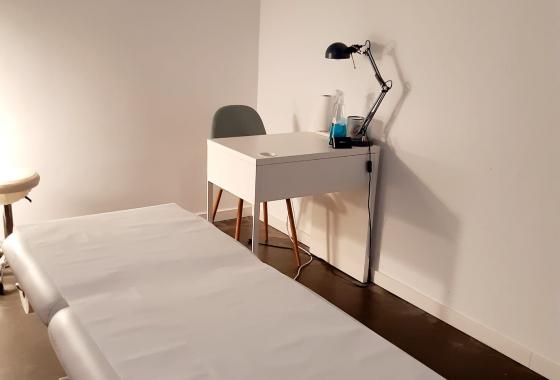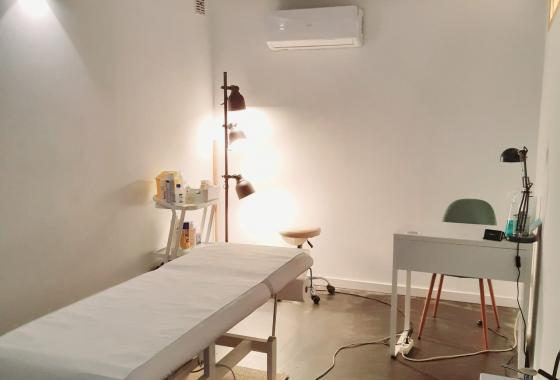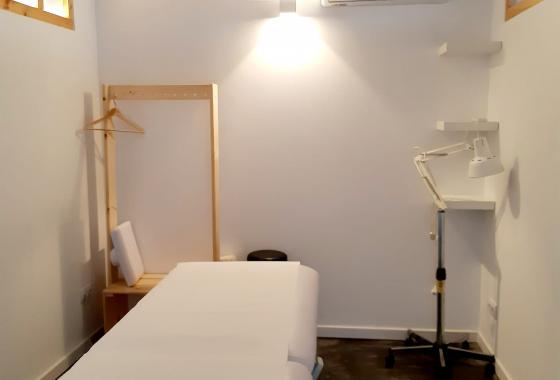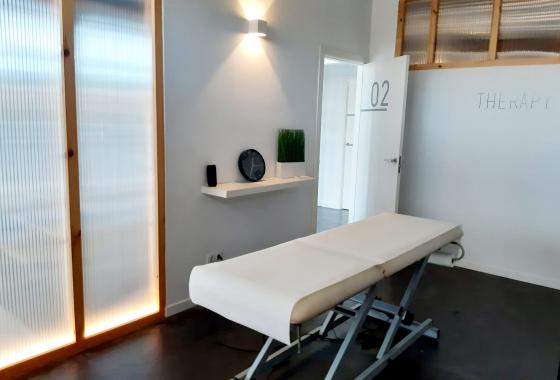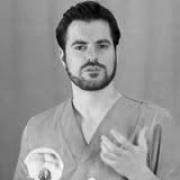Lumbago or Low Back Pain is a very common condition experienced by people of all ages, affecting their daily activities due to low back pain. With the proper assessment and the timely treatment that we offer you at FisioClinics Palma de Mallorca, we manage to help you optimally return to your sporting activity.
If you want to know more about low back pain, continue reading the following article ...
What is Lumbago?
Lumbago or Low Back Pain is a symptom, not a disease, which can be the result of various known or unknown abnormalities. Low back pain is defined by the location of the pain, usually between the lower edges of the ribs and the folds of the buttocks. Sometimes it is accompanied by pain in one or both legs and in some people it is associated with neurological symptoms in the lower extremities. There are two main types of low back pain:
-
Mechanical back pain: caused by excessive efforts and movements.
-
Inflammatory pain in the lower back: not soothed by rest.
What are the symptoms of Low Back Pain?
The symptoms of Low Back Pain are characterized by:
-
Pain in the lower lumbar area.
-
Painful palpation of the lumbar region.
-
Pain that can radiate to the lower limbs.
-
Weakness in the lower limbs.
-
Pain that radiates to the lower limbs.
-
Reduced joint width of the lumbar spine.
-
Feeling of numbness.
What Causes Lower Back Pain?
In most cases, Lower Back pain is due to small lesions of the muscle fibers, often caused by additional efforts or caused by visceral, emotional or vertebral alterations that generate painful reflexes in the lumbar region. Now, other causes of back pain are:
-
Positions held over time. The most common cause of low back pain is strain of the ligaments that support the spine and the muscles in the spine.
-
Making a sudden movement produces an inadequate stretch of the muscles or ligaments, causing micro tears.
-
Prolonged muscle spasms.
-
Positions held over time.
How is the medical diagnosis of Low Back Pain made?
There are multiple diagnostic tools to detect lumbago or low back pain such as physical examination, anamnesis, medical history, as well as radiography, computed tomography, magnetic resonance, all this set will help to offer a more accurate diagnosis about the low back pain and to rule out some associated components that affect the compromised structures, thus achieving an adequate reasoning to apply the appropriate treatment for the patient.
 Physiotheraphy
Physiotheraphy Osteopathy
Osteopathy Massage
Massage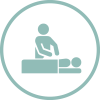 Lymphatic
Lymphatic Group classes
Group classes Home
Home Baby
Baby
